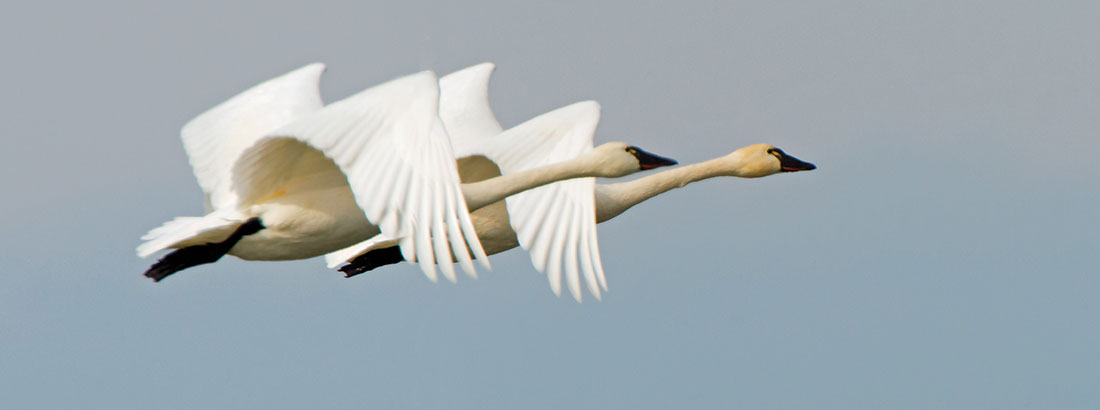
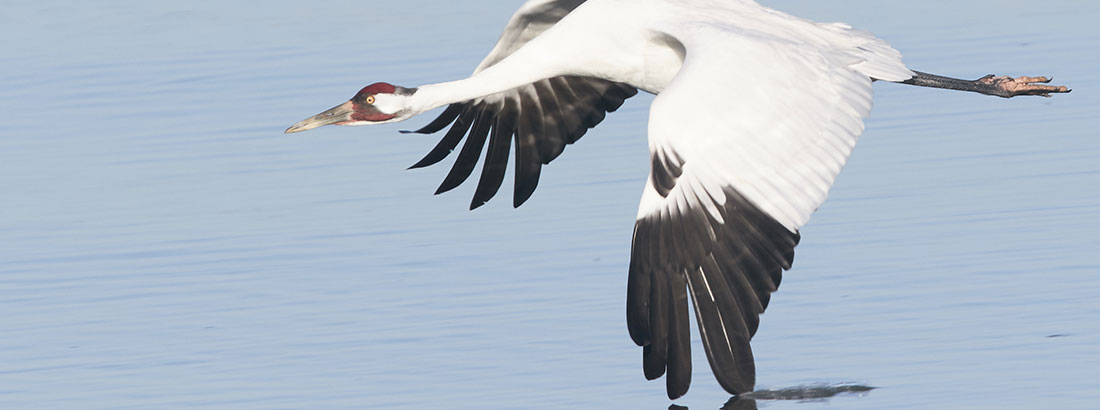
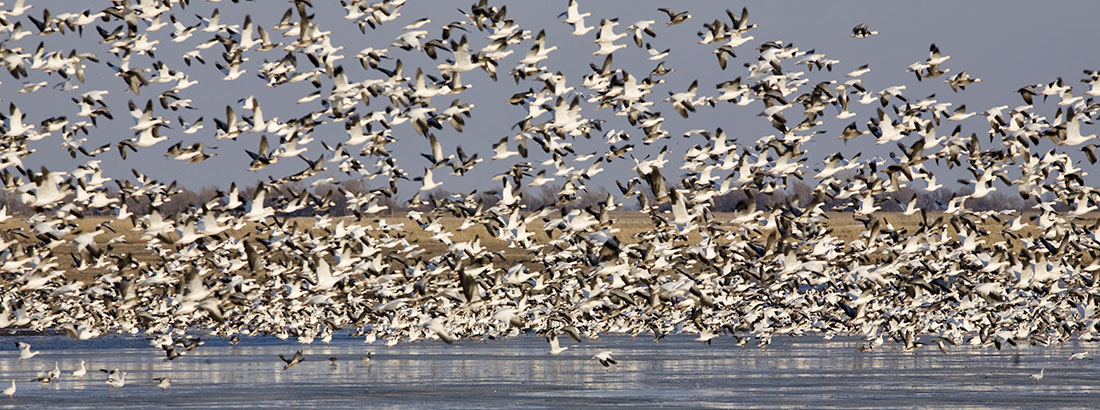
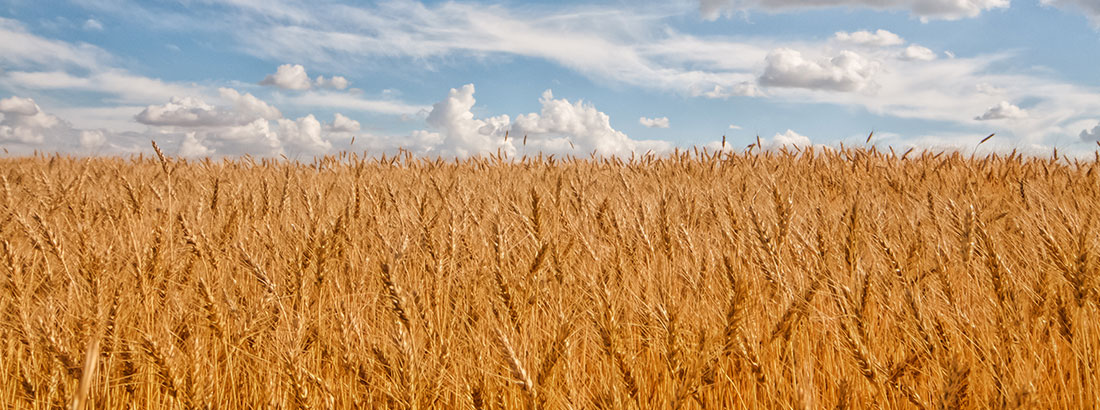
In Search of Whoopers
Oct 02-06, 2024
What’s included: Accommodation, all meals, all activities and entrance fees, all ground transportation, expert local guides, arrival and departure transfers at destination, accompanied by Quest Nature Tours naturalist-leader. Gratuities of C$100 are included.
FEATURED ON THE BLOG
Itinerary at a Glance
| Day | Activity |
| 1 | Arrive in Saskatoon / Prairie Pothole Region |
| 2-4 | Exploring the prairies in search of “Whoopers” |
| 5 | Depart Saskatoon |
Your Tour Leader

The Coordinator for the Maryland Breeding Bird Atlas, Gabriel Foley grew up on a small farm in southeastern Ontario, where his curiosity cultivated an appreciation and wonder for nature. After receiving a diploma in fish and wildlife conservation from Sault College, he headed west to Saskatchewan to pursue undergraduate studies in Biology. Subsequently he completed graduate studies on the Common Nighthawk. He is an obsessive birder and outdoorsman and is passionate about sharing his love of nature with others.
What’s included: Accommodation, all meals, all activities and entrance fees, all ground transportation, expert local guides, arrival and departure transfers at destination, accompanied by Quest Nature Tours naturalist-leader. Gratuities of C$100 are included.

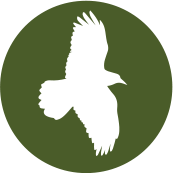

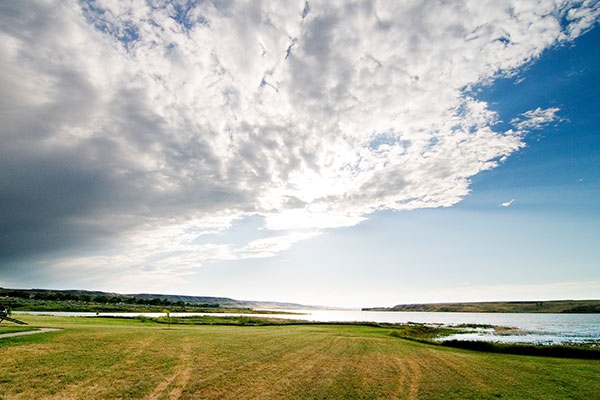
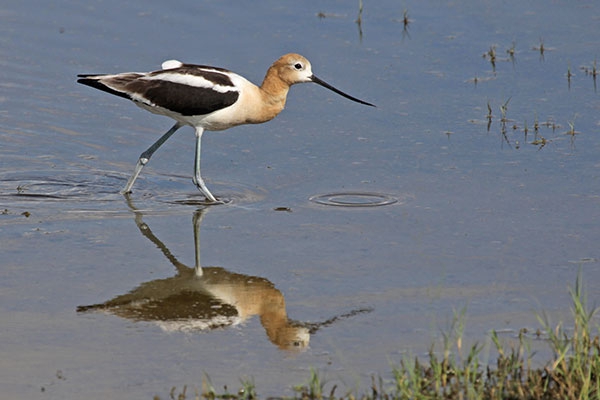
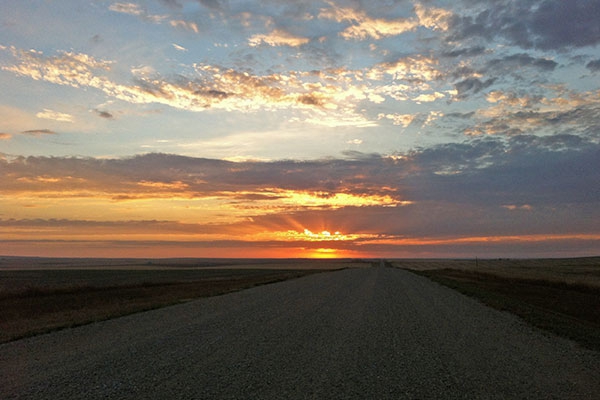
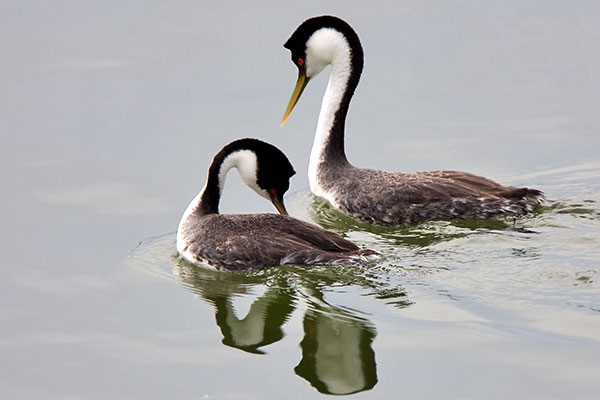
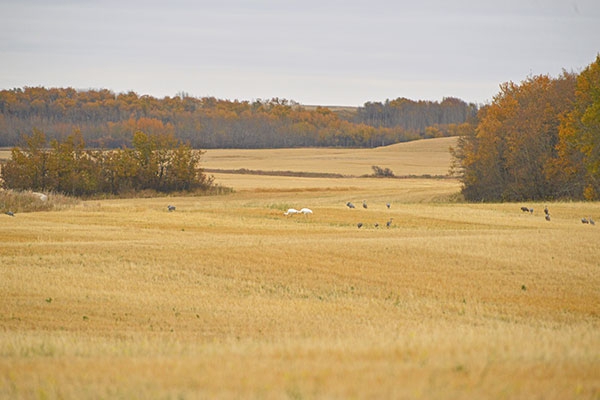
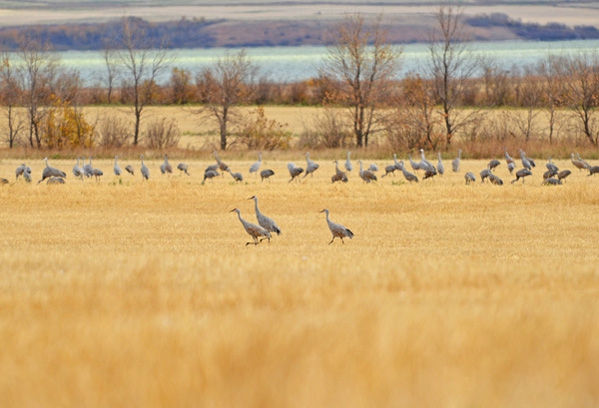

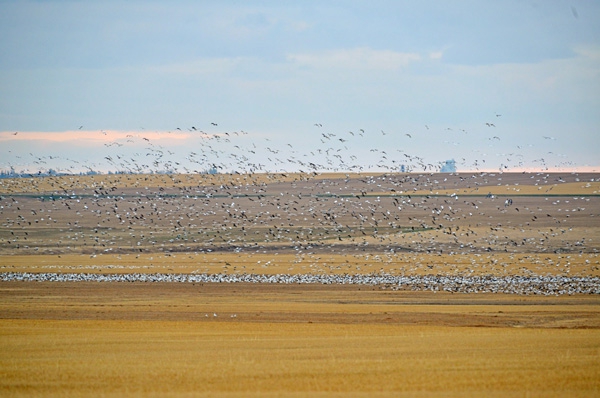
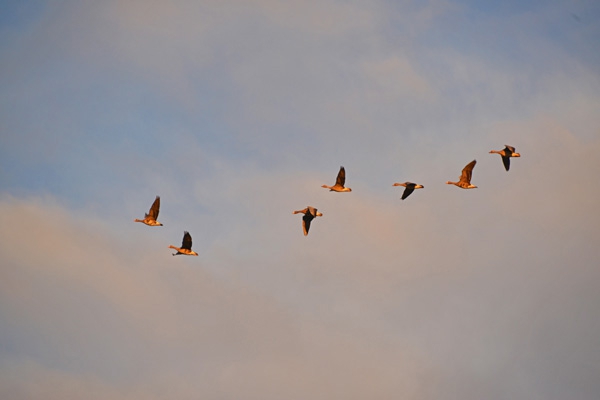
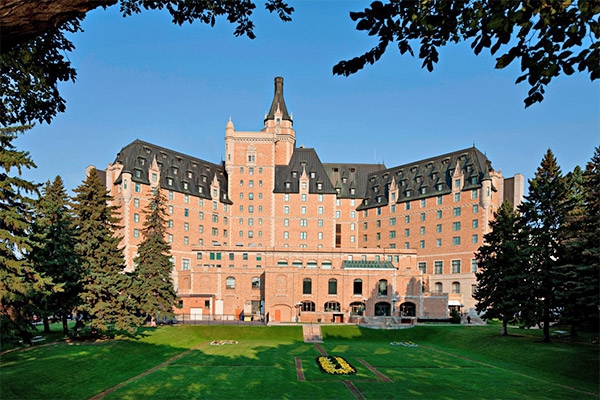


 Cultural Explorations
Cultural Explorations Active & Walking
Active & Walking












